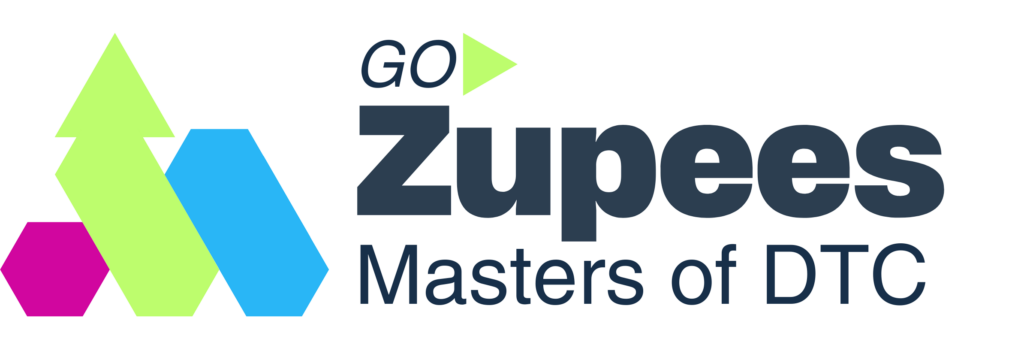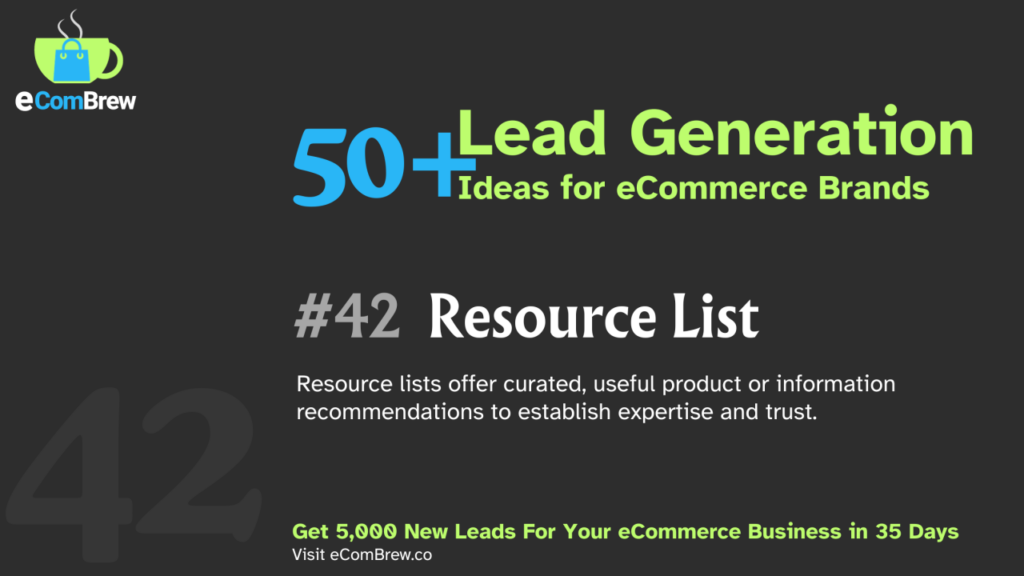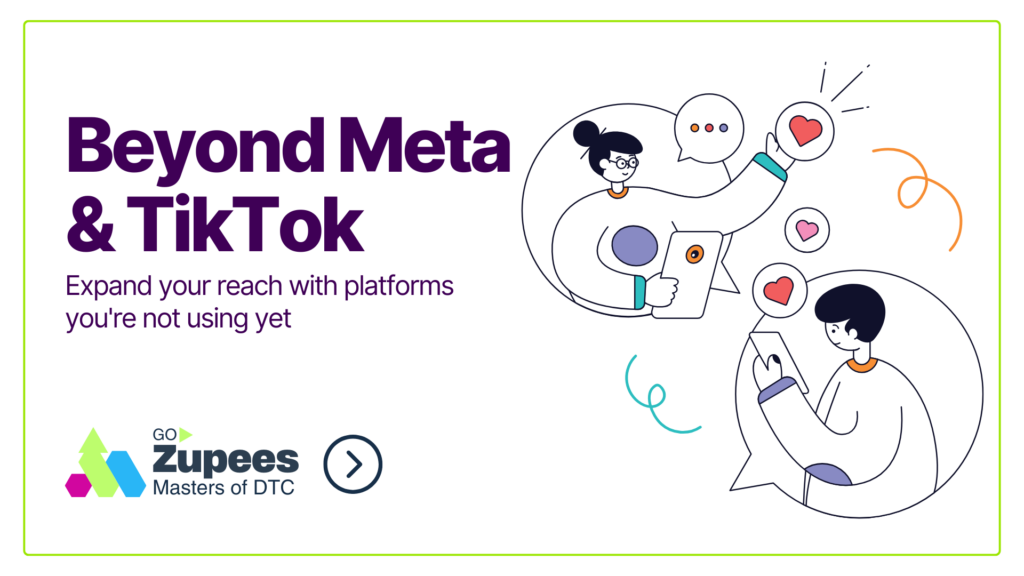Curating and sharing list-based content is an effective lead magnet tactic for DTC ecommerce brands.
Resource lists allow brands to demonstrate expertise and establish trust by recommending useful products, tools, or information sources relevant to their niche.
For example, an electronics brand could compile a list of the top smartphone accessories to enhance the user experience.
A fashion retailer could share a roundup of versatile items for capsule wardrobes.
A food & beverage startup could link to their favorite kitchen gadgets and appliances.
Resource lists add value for website visitors by distilling wide-ranging information into an easy-to-use, shareable format.
For the brand, they build credibility while also capturing visitor emails or social follows when gating the list behind a lead capture form.
Some key benefits of using resource lists as lead magnets for DTC ecommerce include:
- They establish the brand as an authority by curating and recommending the best products or informational sources.
- They provide helpful content to attract and engage potential customers.
- Lists feel less promotional than directly pitching products.
- They allow brands to highlight relevant products in an indirect way.
- Compelling lists tend to attract high-quality leads due to inherent interest in the topic.
- Easy to create and distribute list-based content.
- Lists are easily shareable which extends their reach.
Resource lists feel less promotional than direct product pitches, while allowing brands to highlight relevant products.
Compelling lists also tend to attract high-quality leads due to the inherent interest in the topic.
Overall, they enable DTC brands to establish authority and trust in a helpful, listicle format.
Overall, resource lists enable DTC brands to add value, build trust, and capture contact information from interested prospects.
They straddle the line between content marketing and lead generation due to their helpful, non-promotional nature.
For ecommerce marketers, lists should focus on resources that appeal to each brand’s target demographic.
Here are some example resource list ideas for different direct-to-consumer (DTC) ecommerce industries that could be effective as lead magnets:
Fitness:
- 10 Must-Have Items for a Home Gym
- Top 10 Workout Apps to Try
- Best YouTube Channels for At-Home Workouts
- Healthy Protein Powder Buying Guide
Fashion:
- 10 Wardrobe Essentials for Women
- Guide to Capsule Wardrobes for Men
- Top Sustainable and Ethical Clothing Brands
- Best Places to Sell and Consign Used Clothes
Home & Kitchen:
- Top Kitchen Tools for First-Time Cooks
- Guide to Creating a Kid-Friendly Kitchen
- Best Plants for Indoor Gardening
- Eco-Friendly Cleaning Products We Love
Beauty & Wellness:
- 10 Self-Care Products for Reducing Stress
- Our Favorite Cruelty-Free Makeup Brands
- Best Natural Skincare Ingredients to Look For
- Top-Rated Essential Oils and Diffusers
Pet Care:
- Guide to Must-Have Pet Tech Gadgets
- Best Pet Subscription Boxes
- Top Rated Dog and Cat Food Brands
- Fun DIY Pet Toy Ideas
These niche-relevant lists can attract engaged leads for DTC ecommerce brands in any industry.
Let me know if you need any other resource list examples!




